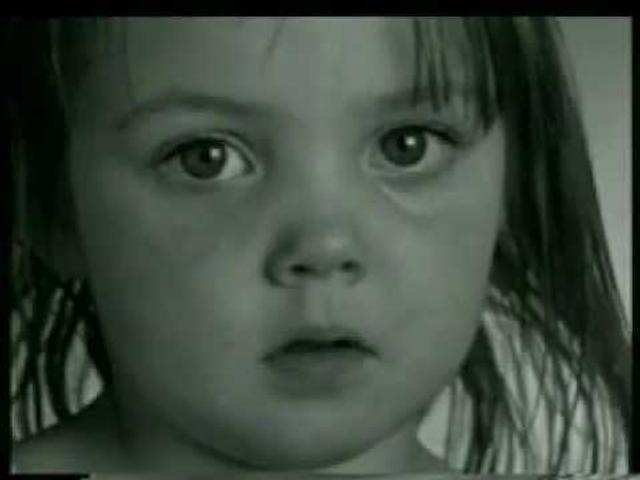NSPCC: first successful charity DRTV ad in the UK — ‘Ellie.’
- Exhibited by
- Giles Pegram, CBE
- Added
- March 29, 2018
- Medium of Communication
- TV
- Target Audience
- Type of Charity
- Children's
- Country of Origin
- UK
- Date of first appearance
- 1991
SOFII’s view
This is the first ever charity direct response television advert produced in the UK and shows a bold and confident approach, with the NSPCC and WWAV taking the decision to run a ninety second advert that transformed TV fundraising in the UK. Working with famed photographer David Bailey, they produced an emotional, powerful commercial that outperformed ROI expectations and turned DRTV into a wildly successful medium for the NSPCC for years to come.
Summary / objectives
To show that direct response television could be a successful recruitment medium following a change in UK law.
Background
Before 1991, charities were not allowed to advertise on television. Then the law changed. Charities tried and failed, losing serious money. Their solution was to keep reducing the length of the ad to save money, which failed even more. However, the NSPCC felt there must be potential.
John Watson of WWAV and I had lunch (he paid!) and we decided that we should start from scratch. We had a cold mailing that had been tested over many years, and kept working so why should we not take the key elements of this, and turn it into a TV ad? Not by reducing the time (15 seconds) but by increasing it to a minute-and-a-half, i.e. six times longer. Everyone knows that long copy works on direct mail, so why not on TV?
John took this away and recruited David Bailey as director. The result, I suspect, will surprise you. But, unlike anything before, it worked, outstandingly.
Ellie, the actor, came to our Council meeting, and was given a standing applause.
Special characteristics
Today, no-one would accept David Bailey’s creativity as it was quite surreal, but there was a compelling narrative that became more obvious as the advert progressed and after several viewings. Unlike many more recent DRTV ads, it required several viewings. The move at the end from black and white to colour was brilliant, said all that was needed about the NSPCC’s intervention, and has often been used since.
Few would consider one-and-a-half minutes. Given that this was the very first successful DRTV ad, I think the request for money and the response mechanism were great, and are still used today. The amount asked for 27 years ago was £15 which may seem quite a lot well before the invention of regular giving.
Influence / impact
This was the start of successful DRTV in this country.
Results
When 'Ellie' was first broadcast in 1991 recruitment returns on investment were falling, and 0.7:1 was considered good. ‘Ellie’ significantly out-performed this, and so, because of first-mover advantage, DRTV became NSPCC’s most successful recruitment channel for quite a few years.

















